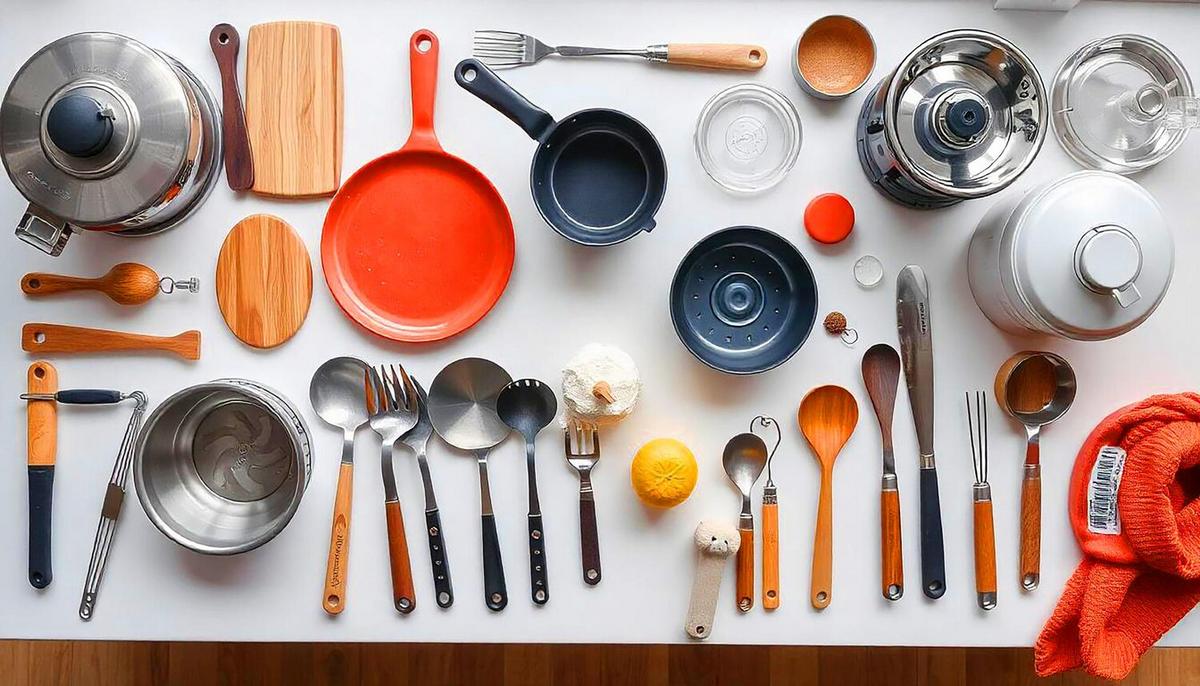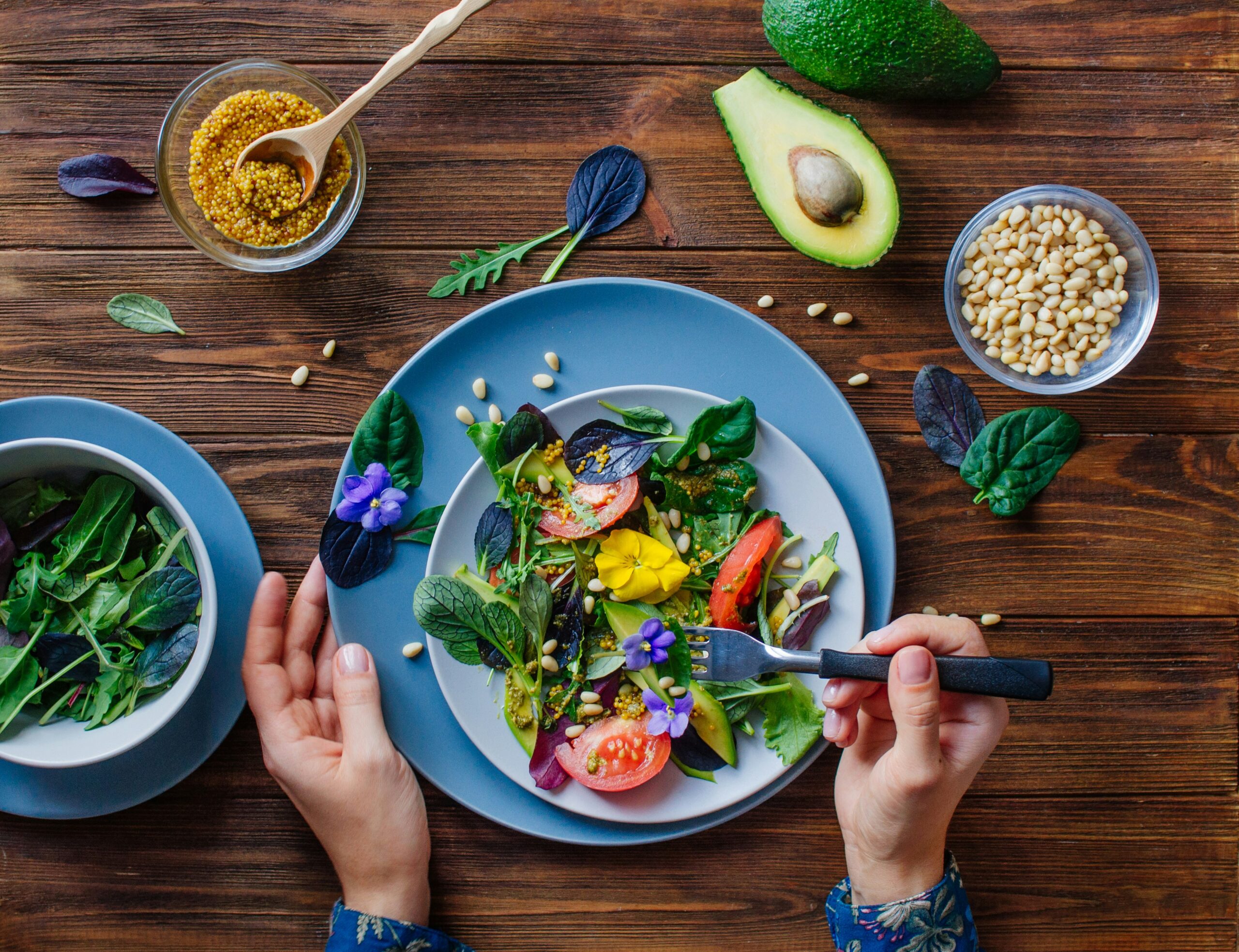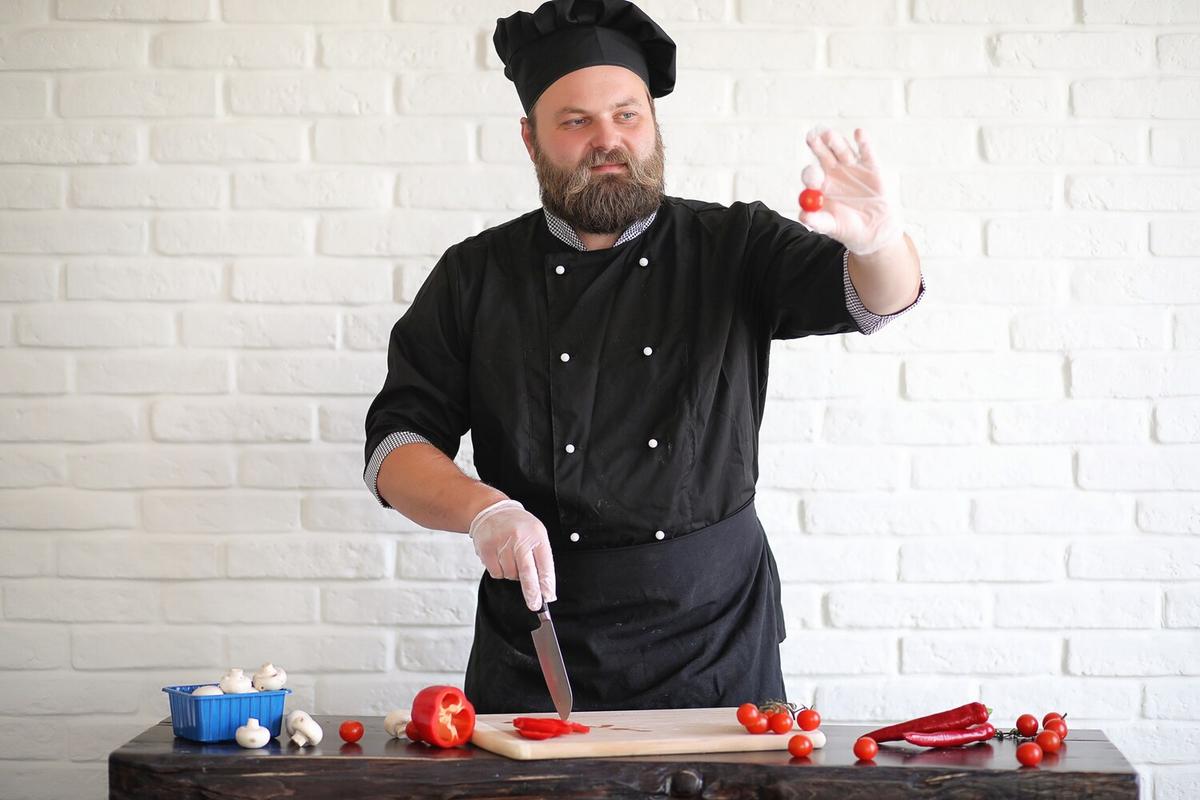
How to Choose the Right Cookware for Every Dish
Choosing the right cookware for every dish can transform your cooking experience, ensuring that your meals are not only delicious but also cooked to perfection. With a myriad of options available, understanding which cookware suits which dish is essential for any home chef.
Cooking is an art, and like any artist, a chef needs the right tools to create culinary masterpieces. The variety of cookware available can be overwhelming, so learning how to choose the right pot or pan for each dish is crucial. Let’s dive into the world of cookware and uncover the secrets to selecting the perfect piece for every recipe.
Understanding Cookware Materials
Cookware materials play a significant role in the cooking process. Each type affects heat conduction, cooking time, and the flavor of the dish. Here’s a breakdown of some common materials:
- Stainless Steel: Known for its durability and resistance to rust, stainless steel is great for browning and searing.
- Cast Iron: Offers superior heat retention, making it ideal for slow-cooking and baking.
- Non-Stick: Perfect for low-fat cooking and easy cleanup, though it may not be suitable for high-heat cooking.
- Copper: Provides excellent heat conductivity, allowing for precise temperature control.
- Aluminum: Lightweight and affordable, aluminum heats up quickly and evenly.
Choosing the Right Cookware for Specific Dishes
Matching your cookware to your dish can enhance your cooking experience. Here’s a helpful guide:
| Dish Type | Recommended Cookware |
|---|---|
| Sautéing Vegetables | Non-Stick Pan |
| Grilling Steaks | Cast Iron Skillet |
| Simmering Sauces | Stainless Steel Saucepan |
| Baking Bread | Cast Iron Dutch Oven |
| Making Omelets | Non-Stick Frying Pan |
| Boiling Pasta | Large Stainless Steel Pot |
| Frying Chicken | Deep Fryer or Cast Iron Pan |
| Preparing Stir-Fry | Wok |
Expert Insights
Renowned chefs often emphasize the importance of using the right cookware. For instance, the even heat distribution of copper cookware is frequently recommended for delicate sauces. According to a study by the Cookware Manufacturers Association, the material and thickness of the cookware can influence cooking times by up to 30%.
Personal Experience
From personal experience, using a cast iron skillet for searing steaks has significantly improved the flavor and texture of my dishes. The skillet’s ability to maintain a high, even heat allows for a perfect sear, locking in juices and flavor.
Pro Tip: Always preheat your cookware for a few minutes before adding ingredients to ensure even cooking.
Actionable Tips
- Consider the type of dish you frequently cook and invest in cookware that enhances that dish.
- Look for cookware with a thick base for even heat distribution.
- If you’re starting your cookware collection, begin with a versatile cast iron skillet or stainless steel pan.
- Maintain your cookware properly for longevity; for instance, season cast iron regularly to prevent rust.
Further Resources
For more guidance on selecting cookware, you can explore resources like Consumer Reports for comprehensive reviews and comparisons.
Conclusion
Choosing the right cookware is an investment in your kitchen and culinary skills. By understanding the different materials and their purposes, you can elevate your cooking experience and enjoy delicious results. Happy cooking!
FAQs About Cookware Selection
What is the most versatile cookware material?
Cast iron is often considered versatile due to its durability and heat retention properties, suitable for a range of cooking methods.
How can I ensure my non-stick pans last longer?
To prolong the life of non-stick pans, avoid using metal utensils and wash them gently by hand.
Is it necessary to have different cookware for different dishes?
While not strictly necessary, using specific cookware for certain dishes can enhance the cooking process and result.


